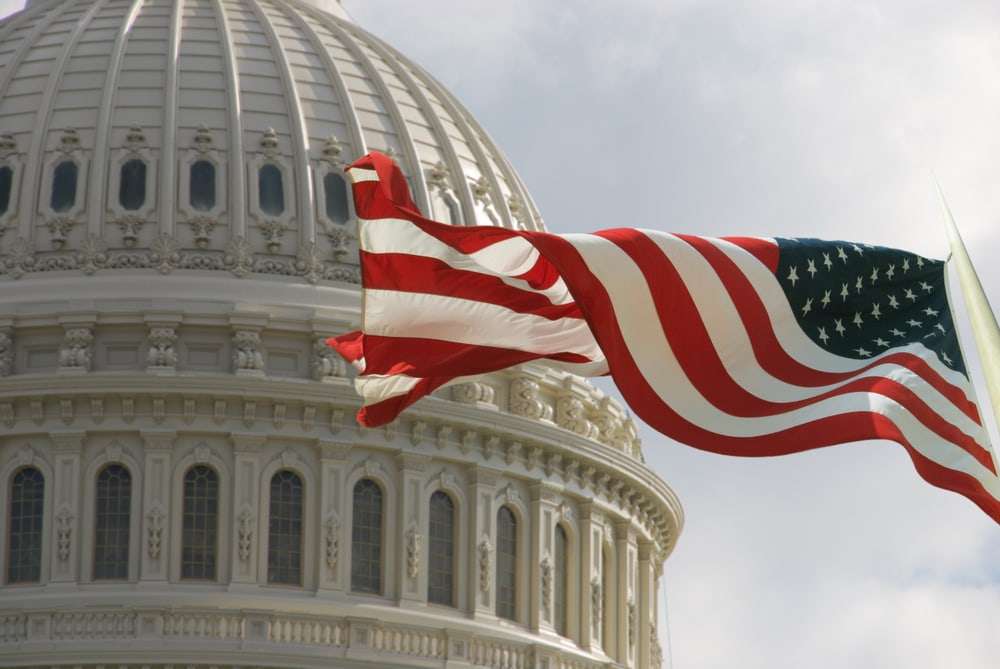Key Points
Making this change in the law will grant plaintiffs the right to a “second lawsuit” against a defendant’s insurance company. Given the potential to win punitive damages, attorneys will take on lawsuits over much smaller claims and insurers are forced to settle many more of these cases quickly for the maximum policy limits.
California’s experience with third-party bad-faith lawsuits in the 1980s, before the state Supreme Court overturned the practice, was an explosion of litigation. The number of auto liability claim filings in California’s Superior Courts increased by 82 percent and their severity grew by a factor of four in the years that such suits were allowed, driving up the cost of insurance coverage.
Insurance is well-regulated in Oregon and regulators have the resources to resolve disputes that might arise. Adjusted for population, the number of consumer complaints Oregon insurance regulators receive every year is about average, as is the number of staff devoted to handle such complaints.
The experience of Oregon’s neighbors California and Washington both demonstrate that permitting third-party bad-faith lawsuits invites litigation costs that inevitably threaten the availability and affordability of coverage. There is no question that this would be an attractive proposition for the state’s trial bar, but the prospects for the state’s consumers are far less sanguine.
Press release: R Street Policy Study: Oregon Should Reject Third-Party Bad Faith
Image credit: Alexander Lukatskiy
Featured Publications
Jonathan Madison
April 29, 2025
Olivia Manzagol, Philip Rossetti
April 24, 2025
Haiman Wong
April 17, 2025
Stacey McKenna
April 8, 2025
Chelsea Boyd, Mazen Saleh
March 18, 2025
Logan Seacrest, Jillian Snider
March 11, 2025
Steven Ward
March 6, 2025
Chelsea Boyd
March 5, 2025
Chelsea Boyd
March 3, 2025
Jeffrey S. Smith
Feb 27, 2025









